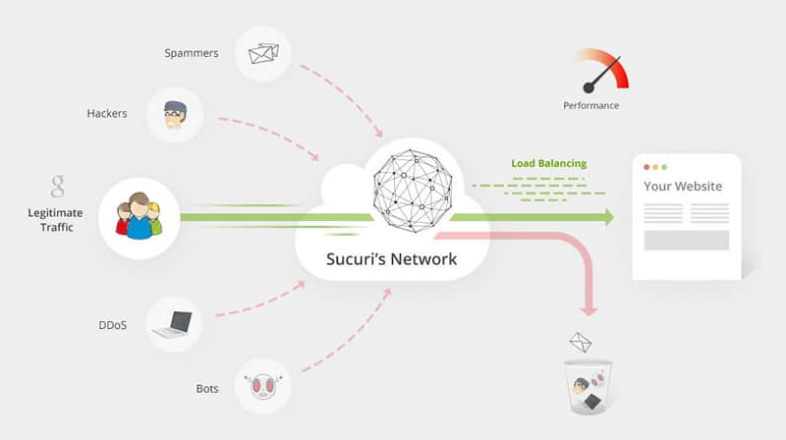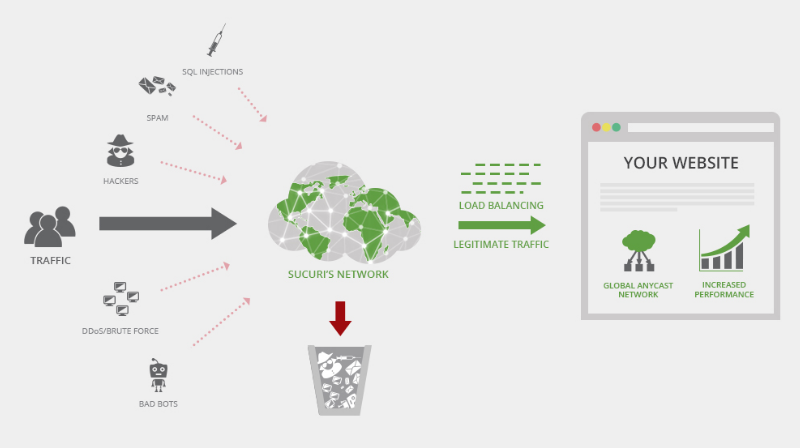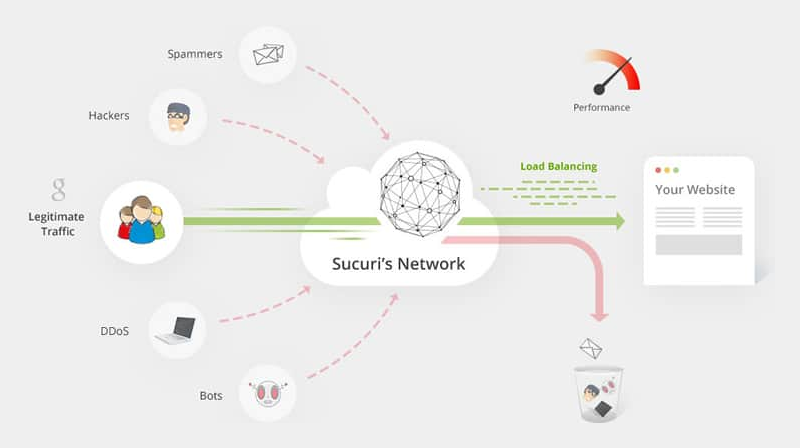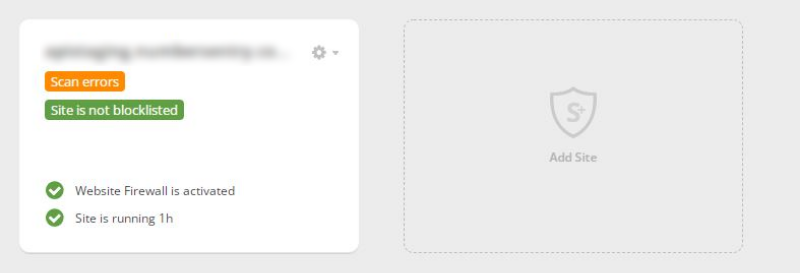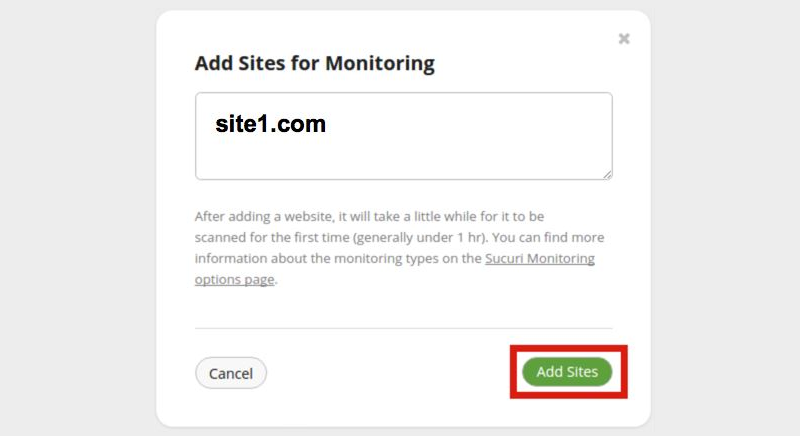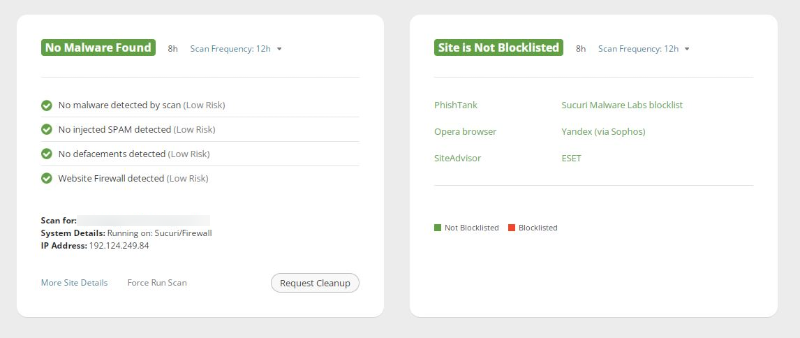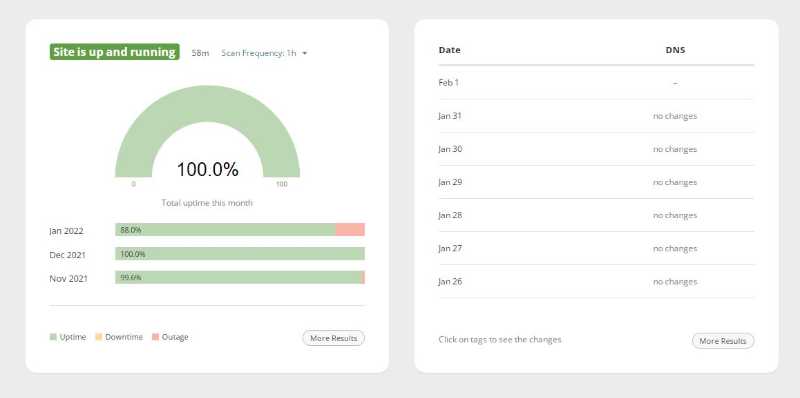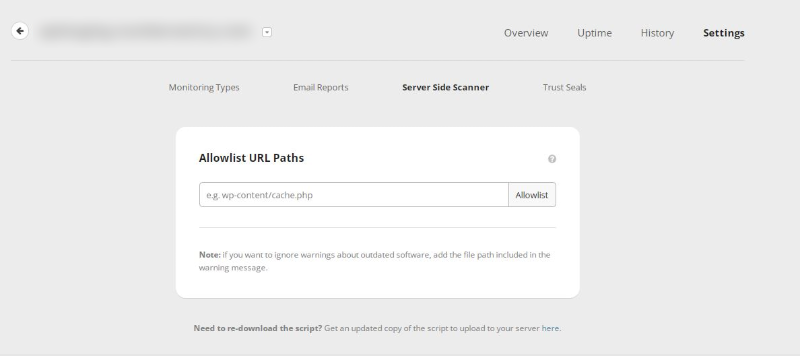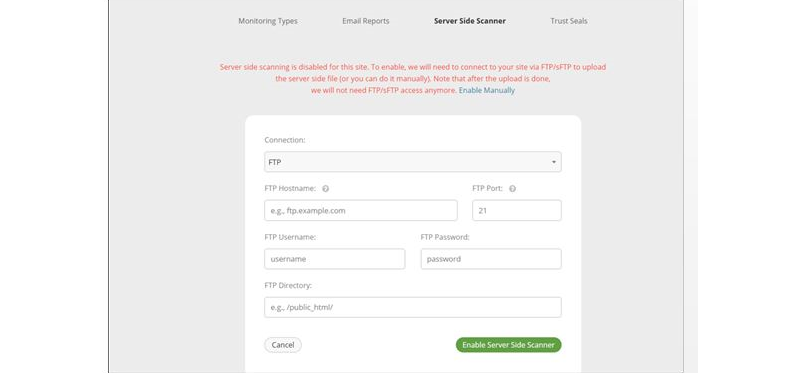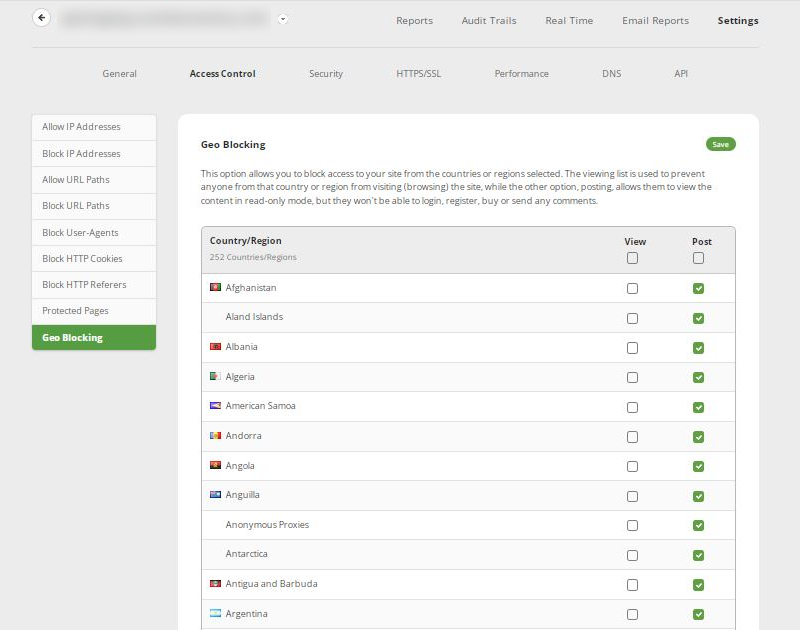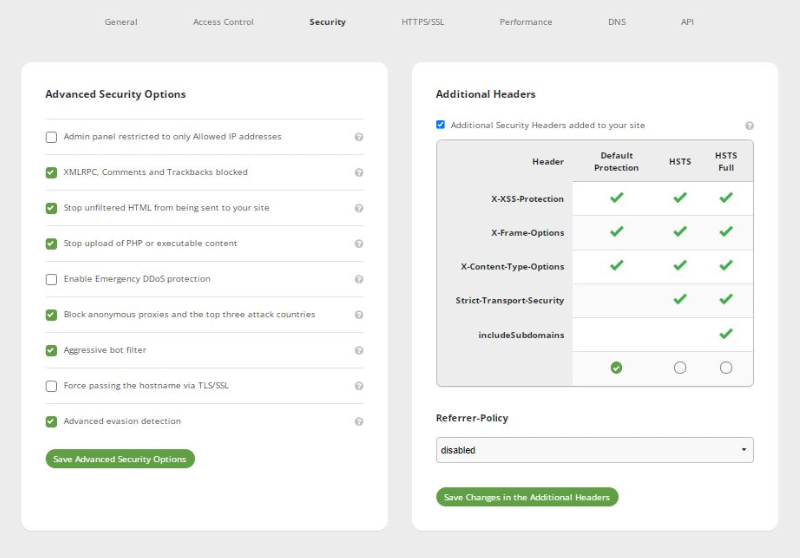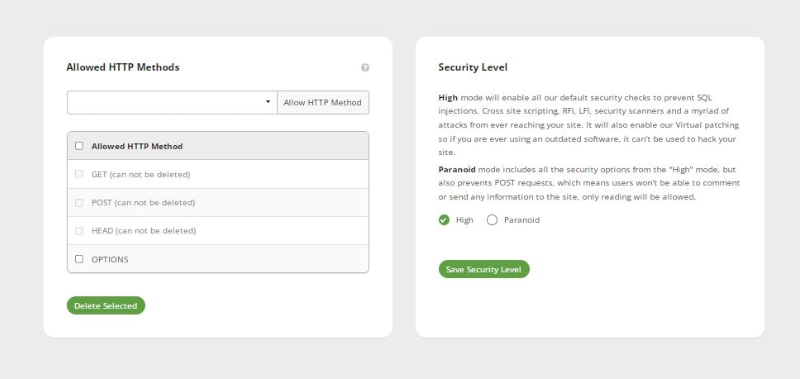Top App Categories Dominating the Post-Pandemic World


The COVID pandemic came as an unwanted guest in our lives, and the world is yet to recover from it. Many businesses took a big hit due to the pandemic as the outbreak of the virus was too sudden. However, many businesses adapted to the change and managed to flourish.
All the industries such as hospitality, retail, and travel will need a lot of time to be back to normal. However, few sectors like gaming, eCommerce, and industries that could work-from-home have been the savior.
When distancing had become the norm, the only way for companies to survive was to go digital. Many businesses strengthened their website and pushed their social media game forward to get more clients. IT sector, mostly every mobile app development company, had seen huge growth when everything went online.
According to Statista, by 2025, there will be a projected 7.49 billion mobile users worldwide. Whether your business belongs to any domain, there are various app categories to which your app can belong.
So, which app category will make the cut post-covid?
While we are unsure when the pandemic will completely end, some app categories have gained a lot of traction. Here we have listed the 10 app categories that will grow tremendously in the post-COVID world.
1. Fintech Apps
Since the pandemic, people have been very paranoid about accepting money in cash. Dollar changes hand from one person to another at a very rapid pace, and the fear of getting COVID through it is real.
The pandemic highlighted the need for a cashless economy and has led to many fintech apps. People are skeptical about handing out cash and coming in close contact with people. That is where app categories like fintech come into play.
These apps allow you to make transactions without the actual use of money. Fintech apps are not just limited to online payment and also include online trading and investing.
In 2020 alone, at least one fintech app was used by 64% US adult population.
2. e-Learning Apps
Pandemic has brought a shift in the thinking of college students. With startups giving importance to skills than degrees, students are also searching for online courses. Online classes gave more free time to students, and it ultimately led to the growth of e-learning apps.
Students have started focusing on skill development and are enrolling in online courses. The most attractive aspect of app categories like these is that they provide you with courses and give you certification in the end.
Mobile Apps like Udemy have seen a 425% spike in enrolments during the pandemic. The idea of online learning through e-learning apps has connected with the students and will only get bigger in the future.
3. Healthcare Apps
The healthcare industry in US has gained a lot of attention during the peak of the pandemic. The loopholes in the system that was exposed during the pandemic has paved the way for mobile apps focusing on healthcare. People have started paying attention to their health and are choosing a healthy lifestyle
Did you know: Walking and fitness apps are most popular among older groups, while meditation apps are more likely used among Gen Z?
So fitness and meditation apps will have a bright future post-COVID. Other app categories such as medical care and mental health apps will also find a lot of customers. The pandemic has highlighted the importance of mental health not just for adults but also for students.
4. Grocery Apps
The pandemic has brought a major behavioral change in the people. The fear of the virus forced people to minimize human contact, and the habit continues even as the cases have started dropping. This adversity turned into an opportunity and led to the development of grocery apps.
According to an article
grocery delivery apps see record downloads amid coronavirus outbreak
from Techcrunch, Instacart, Apptopia, Walmart Grocery, and Shipt have seen their daily downloads surge.Groceries are essential items, and people cannot survive without them. These app categories provides you convenience and provides something basic for your survival.
People are willing to pay extra now as long as they don’t have to go out. Moreover, it does not affect the business of grocery shop owners as these apps only bridge the gap between these owners and the customers.
5. Entertainment Apps
OTT platforms have been the biggest source of entertainment for people during the pandemic. Apps like Netflix, Hulu, Amazon Prime Video have seen huge traction not just in the US but across the globe.
Theatres and multiplexes suffered a huge blow due to the pandemic as many state governments forced them to remain shut. The setback for theatres turned into an opportunity for mobile apps like entertainment apps.
Netflix grew globally through popular shows like Narcos and Money Heist. Spotify also expanded its premium user pool as more and more people tuned in to listen to music and podcasts. People are now binge-watching one show after another, and this trend will not die down any time soon.
6. Dating Apps
Traditional dating has been hard during the pandemic due to the lockdown and social distancing measures. This situation has led people to shift to online dating. Almost every data and research suggest a big spike in the use of dating apps like Tinder, Bumble, Hinge, etc during the pandemic era.
There is little doubt that the number will only increase in the future for such app categories. The cost of meeting a date in person is very high compared to online dating.
Moreover, there is no guarantee that the person you meet is ‘the one.’ When it comes to dating apps, you can chat with your match and check if he/she is the right fit for you.
After a slump in the early 2010s, dating app revenues have increased every year since 2015, reaching $5.61 billion in 2021.
7. Food Delivery Apps
The pandemic has highlighted two aspects of human behavior. The first is that people constantly innovate to bring new products and services. The second aspect is that humans will choose convenience even if it comes at a higher price.
These aspects combined led to the birth of app categories like food delivery apps. Apps like UberEats helped many restaurants and fast-food chains to survive during the pandemic.
UberEats removed delivery charges during the pandemic’s peak to support local restaurants. If not for the pandemic, the food delivery app industry would have touched $41 billion in 2021.
However, the pandemic sped the process, and the industry touched $45 billion in 2020 itself. This only shows that the industry is seeing a lot of demand, and the demand will only go up in the future.
8. Online Education Apps![]()
The traditional learning and teaching model took a back seat as students shifted to the online mode of learning. Zoom classes became the norm, and students started learning from their beds.
However, it was soon realized that online teaching is not as effective as offline. There was a huge gap waiting to be filled in the education sector. The mobile app development of e-learning apps filled this void.
Students started subscribing to such app categories to learn more immersively. Apps like ClassDojo, Remind:Safe Classroom, and Google Classroom saw a 565%, 290%, and 580% spike, respectively, from January 2020 to March 2020. (Source)
9. Social Media Apps
Social media apps were on the rise even before the pandemic. While the youngsters were swiping on Instagram and Snapchat, the older generation was busy scrolling through Facebook.
However, the pandemic gave people more reason to use social media apps. These app categories can now succeed even if we remove the pandemic from the equation
The rise in the use of social media apps is not just limited to individuals. Small businesses have also used the pandemic as an opportunity to improve their social media game. Since a large chunk of the world population is on social media, entrepreneurs are marketing their business through these apps.
It’s worth noting that TikTok’s active user base roughly doubled between December 2019 and September 2021
10. Home Improvement Apps
People started focusing on their homes, with people locking themselves up due to the virus. Many people spend their time renovating their homes and take help from app categories like home improvement apps.
Apps like Lowe’s and Home Depot saw a spike of 205% and 195%, respectively. Due to the pandemic, people also started setting up home offices.
Many companies have made work-from-home permanent, and the future will see the development of many more home offices. With such trends gaining traction, home improvement apps will continue to grow.
Conclusion
Mobile apps are replacing almost every traditional business, and this change will only go forward in the future. From children to adults, everyone is immersed in smartphones. Therefore, it is natural that the usage of mobile and web apps will also increase. Industries like healthcare and education are witnessing a revolution due to mobile apps. The trend of mobile apps will only die if there is a better technology to replace them.
One thing common about the apps mentioned in the list is that they ultimately reduce people’s day-to-day work. App categories of such nature will flourish in the future, and many more apps will come to solve your problems. If you need any help in building such app categories, contact Biz4Solutions, a leading software company offering mobile app development services for more than a decade.

